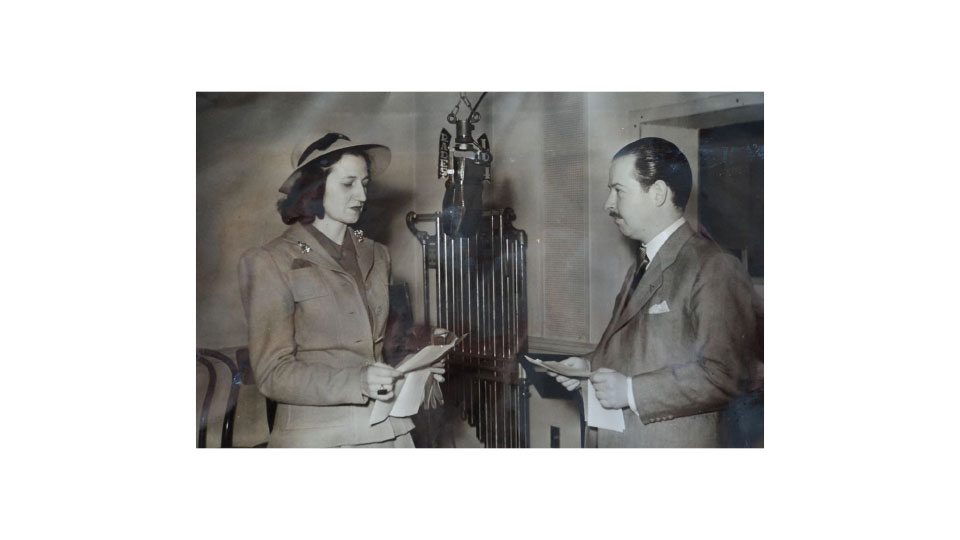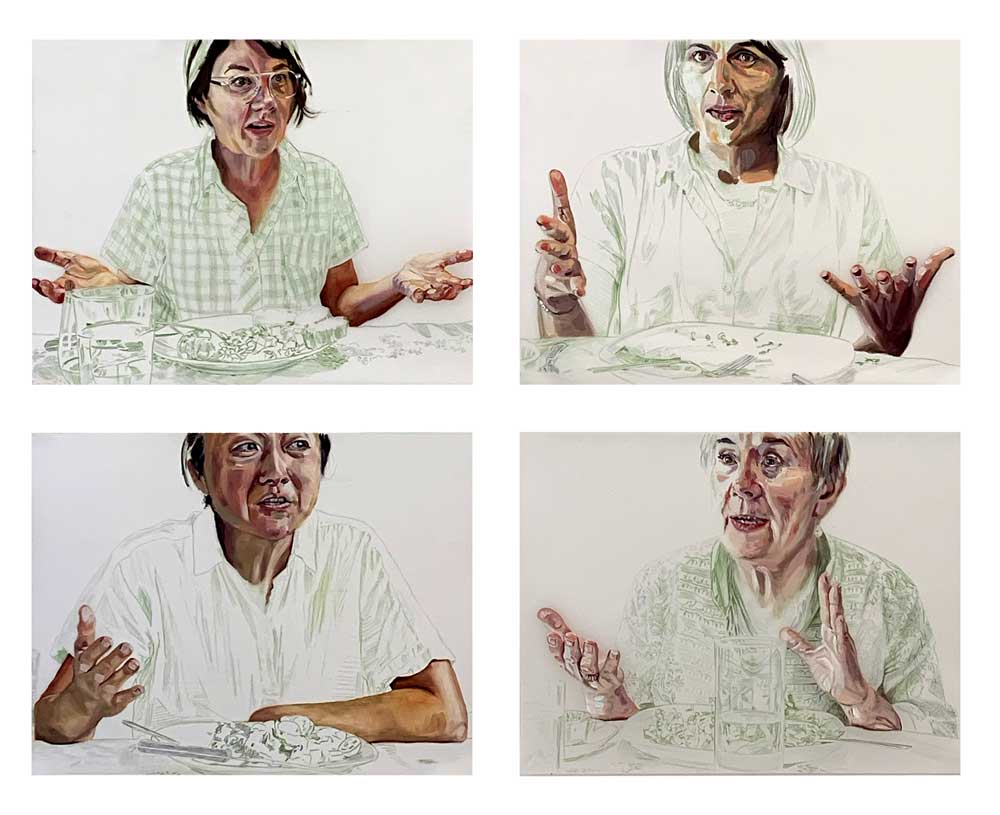B.8 Updating the Account: Women Artists in Museums and Beyond, Part 2
Thu Oct 15 / 11:00 – 12:30
voice_chat expiredchair / Amy Wallace, Carleton University
Recent headlines suggest an increase in institutional initiatives to support the work of women and underrepresented artists. The Baltimore Museum of Art, for instance, announced that in 2020 it would only acquire work made by women artists. In Canada, the Art Gallery of Ontario deaccessioned 20 works by A. Y. Jackson in 2019 to diversify its collection of Indigenous and Canadian art. Despite such recent initiatives, a 2019 study by artnet News and In Other Words found that work by women artists accounted for only 11 percent of acquisitions and 14 percent of exhibitions in a survey of the top American museums over the last decade. This session seeks quantitative or qualitative analyses of the current status of women-identified artists in Canada and abroad. Papers that address representation and diversity within any of the interrelated spheres of museums, governmental funding, art prizes, and the art market are welcome. Intersectional approaches that examine joint factors such as gender identity, race, and socioeconomic status are particularly encouraged.
Amy C. Wallace is an art historian and curator specializing in European and American art of the 19th and early 20th centuries. She earned her PhD from the University of Toronto in 2019. Her dissertation, entitled Studio of Nature: The Transformation of Artists' Studios, 1845–1910, examined the impact of artists' changing relationship to nature on studios in Britain, France, and the United States from the advent of Realism to the Arts and Crafts movement. She recently curated The Artist's Dream: Works of French Symbolism for The Art Gallery of Hamilton, an exhibition exploring the significance of dreaming in Symbolist art. Her co-authored article with Joyce Zemans, Where are the Women? Updating the Account!, was published by RACAR in 2013.
B.8.1 She Said She Said: Women’s Art Writing in Postmodern Canada
Rhiannon Vogl, University of Toronto
Postmodernism is simultaneously a style, attitude and approach, one full of contradictions that fold back onto itself, a locatable moment in time and also an idea that continues to influence our present thinking. This paper will identify key female Canadian art writers active during the postmodern period; historicize and contextualize their work within the cultural landscape of contemporary art and critical theory; and demonstrate how the developments and debates that arise in their writing point towards broader cultural and historical situations within the country. There has been no impactful, sustained scholarship that considers a gendered perspective on Canadian art writing. This neglect has contributed to a misjudgment of the importance of women’s writing produced during this period, as well as a misunderstanding of the role women played in the institutionalization of particular artworks and artists. David Carrier’s neologism "artwriting" – a term for modes of writing that are both distinctive from, and participate in, the production of art – will guide my analysis and I will show how these women’s work significantly contributed to the development of art, and art history in Canada. This paper will highlight specific connections between female Canadian art writers and female Canadian artists in this period; demonstrate how their production is mutually inflected; and analyse how these relationships were examples of postmodern intertextuality - a productive mode for many writers and artists during this period that served to critique authorship, artistic genius and subjectivity. Intertextuality is also a productive way of working back through their work from a position in the present, where “reading does not consist,” as Roland Barthes notes, “in establishing a truth, a legality of the text...[but] in coupling these systems...according to their plurality.”1
Rhiannon Vogl is a PhD student in Art History at the University of Toronto, where she researches postmodern art writing. Rhiannon has written for Phaidon; Border Crossings; Blackflash and Canadian Art, and published essays in David R. Harper: A Mouth-Shaped Room (2019, Villa Terrace Decorative Arts Museum, Milwaulkee) and James Kirkpatrick: Secret Base by the Lake (2014, University of Western). From 2008-18, she was a curator of Contemporary Art at the National Gallery of Canada, where her exhibitions included Kiki Smith and Tony Smith: Masterpiece in Focus (2016); New Lines: Contemporary Drawings from the NGC (2014); and the Governor General’s Awards in Visual and Media Arts exhibition (2018-2011).

Raquel Forner at Splendid Radio, 1942. Photo courtesy of Forner-Bigatti Foundation (Buenos Aires, Argentina).
B.8.2 What we talk about when we talk about successful women artists. Raquel Former (Buenos Aires 1940-1988)
Talía Bermejo, National Council for Scientific and Technical Research (CONICET) / National University of Tres de Febrero (UNTREF) / Argentina
Raquel Forner (1902-1988) has played a central role in the history of Argentine art. Her substantial career has been marked by many awards and extensive media coverage, and has been the subject of numerous academic and critical works. Each stage in her output has been studied from several perspectives, from the paintings framed in the context of early 20th century modern art, through the War series during the 1940s, to the works dedicated to space beings in the 1980s. However, the presence of her work on the art market and in museums has received rather less attention, despite the notable distance differentiating her from other contemporary artists. Forner was very active, not only in the leading galleries in Buenos Aires, but also in her mission to insert her works into the international art circuit, including Canada, where she had a highly productive work stay. Forner negotiated directly with dealers and invested much effort in the sale of her works, a key feature of her career, as it occupied a great deal of her time and helped to cement her self-representation as a professional artist. The purpose of this paper is to examine these aspects in order to better understand the strategies she adopted to make a name for herself in a male-dominated world. I am interested in mapping the commercial circuits where she played such a remarkable role, those where she was able to create new platforms to showcase her work. Likewise, I would like to examine to what extent the market served Forner as a device to access art galleries, while at the same time functioning as a strategy to insinuate the hallmark of a resistant activism into a system governed by the belief that a successful career was incompatible with being a woman.
Talía Bermejo has a PhD in History and Theory of the Arts and a Bachelor of Arts from the University of Buenos Aires (UBA). She is an Adjunct Researcher at the National Council for Scientific and Technical Research (CONICET). She is also a Researcher at the Dr. Norberto Griffa Institute of Research in Art and Culture - National University of Tres de Febrero (UNTREF) and a Member of the Argentine Center of Art Researchers. Professor and academic coordinator for the Doctorate in Comparative Theory of the Arts and the Master’s Degree in Visual Arts Curatorship - UNTREF. Author of numerous essays on the subjects of her specialty, she has taught courses and conferences; she has received research grants from CONICET and the Ibero-Amerikanisches Institut in Berlin. Editor of the digital magazine Estudios Curatoriales (IIAC-UNTREF). She has participated in the development of curatorial projects, and in projects subsidized by the UBA, the Antorchas Foundation, UNED (Madrid), and the ANdePCyT. She is currently directing the research project Art and cultural consumption in Argentina, at the UNTREF.

Lisa Wood, The Dinner Parties, Shawna, Meera, Lin, Claire, Oil and Coloured Pencil on Mylar, 2020.
B.8.3 The Dinner Parties: An Art Project Using Food to Create Safe Spaces to Discuss Gender Disparity in the Visual Arts
Lisa Wood, Brandon University
As a scholar and artist who is a woman and mother living with chronic illness, I have found a key strategy for survival in the Canadian professional art world is to connect with other women artists. For me, conversations over meals have been an important way to share information, offer support and devise strategies for navigating colonial, patriarchal spaces. This need to get together and talk is reinforced by the recent statistical overview of the status of women artists in Canada, which identifies that women are indeed still faced with great career hindrances. The study, funded by the Ontario Arts Council, finds that while 54% of visual artists are women, they are at a steep disadvantage in terms of pay, exhibition opportunities and recognition in major art awards, and the conditions are far worse for women artists of colour (Coles, Amanda et al, 2018). In this paper I will discuss my ongoing body of artwork, The Dinner Parties, which uses time lapse photography and digital audio recordings of dinners with women-identified artists working in Canada as the source material for an art installation of drawn and painted portraits and multichannel audio. During the summer of 2019, I dined one-on-one with nine guests to discuss how they situate themselves in the larger sociopolitical context of the Canadian art world. Using feminist theorist Charlotte Bunch’s Model for Theory, I asked them about their reactions to the findings of the OAC study, and their ideas for change. I invited artists with intersectional awareness; considering race, cultural background, sexuality, ability, age, family circumstances, artistic media and stage in career. Now in art production mode, I am listening back to the recorded conversations and analyzing the thousands of photographs to find moments of resounding overlap and critical difference in my guests’ lived experiences.
Lisa Wood is a visual artist and Assistant Professor at Ishkaabatens Waasa Gaa Inaabateg, Department of Visual Art at Brandon University. With an MFA from Yale University and a BFA from the University of Manitoba, her art practice focuses on contemporary figurative painting and drawing using time-lapse surveillance-like photography. Through her process she investigates the intersection between the singular, private inner space of the individual and the shared public exterior space. Lisa has been the recipient of many awards and scholarships and exhibits her painting and prints nationally and internationally. Recent exhibitions include: Openings, shown at Neutral Ground (Regina, 2018), and the AGSM (Brandon, 2019); Consumed, shown at the Estevan Art Gallery and Museum (Estevan, 2019); and We and the Others, shown at Warte für Kunst (Kassel Germany, 2017).



